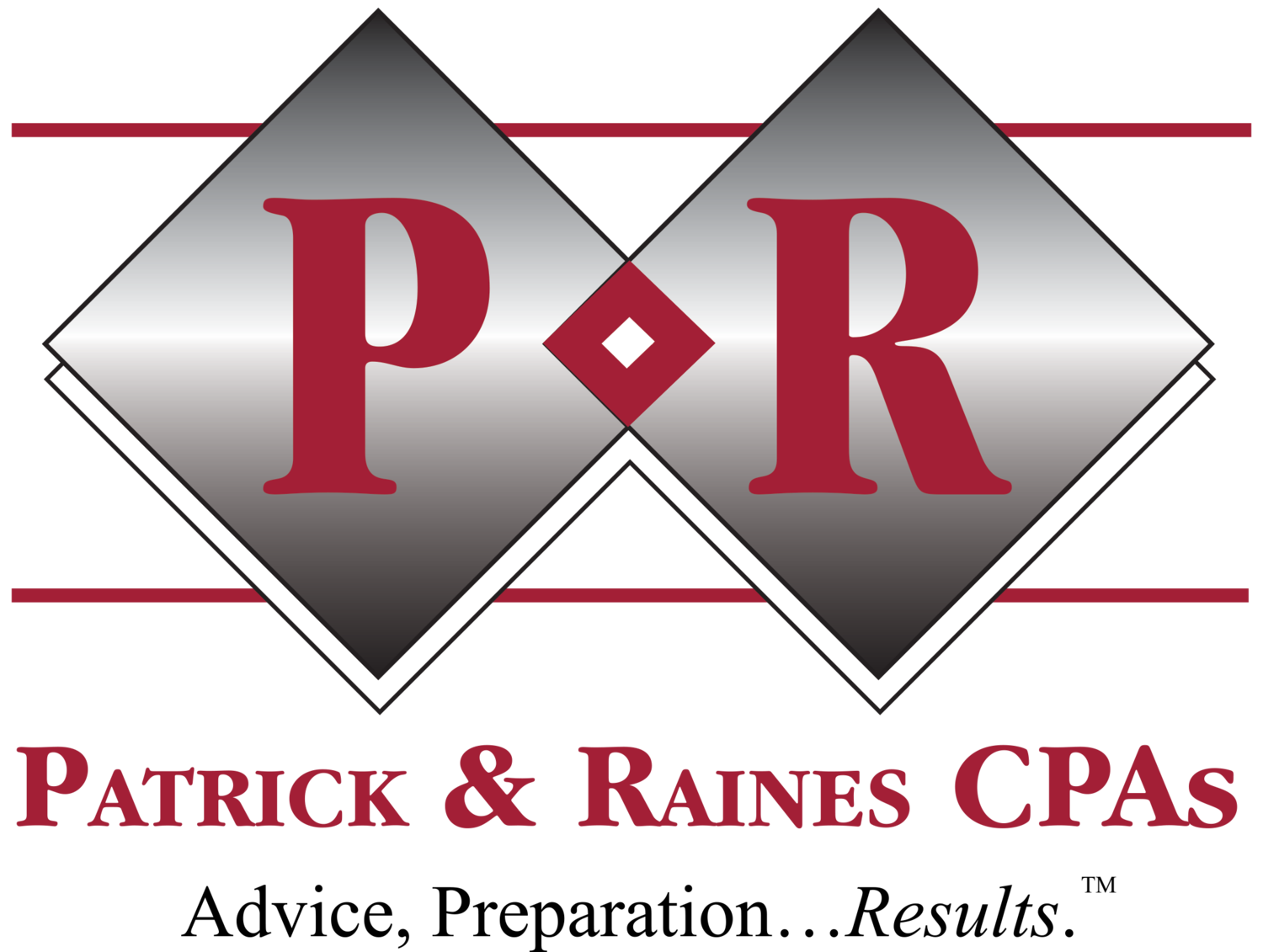Non Profit Updates From the CARES Act and Other Legislation of Spring 2020
Non Profit Updates From the CARES Act and Other Legislation of Spring 2020What an odd place we are in, nearly four months into our new year. While most of the news about economic relief from the US Treasury has been about Economic Impact Payments to individuals and Payroll Protection Program (PPP) loans for businesses, there are several significant opportunities available for those who are income tax exempt.First, if you haven’t heard, if your Form 990 was due this year on May 15th, the deadline has been extended until July 15th – no application required.The big opportunities receiving daily press for the last three weeks are the PPP SBA loan program ($349 billion in funding gone in two weeks) and its junior cousin, the Economic Injury Disaster Loan (EIDL) emergency advance (also out of funding). Both offered the same opportunity for loans to the nonprofit community as they did for small businesses. As of this writing, the Treasury Secretary and both houses of Congress are negotiating a compromise to add significantly to the funding of both programs. So, if you were previously unaware of your eligibility, or were not prepared to apply before the door closed last week, make it a priority to contact your bank (assuming they are an eligible SBA lender) and get started on your application. As loans go it is incredibly simple, although there is some documentation required, and it’s entirely online. See below for a summary of these two programs. But don’t dawdle this time, as there are already many suspended applications in the queue of the banks. If you need clarification or assistance with the application we are here to help.Another level of federal support available is help with your employer payroll taxes. There are three facets of this support. These are just the highlights, so be sure you understand the details of each. The first two are credits against your regular payroll tax liabilities. The third just delays those deadlines for payment.
- The Employee Retention Tax Credit (ERTC) covers payrolls from March 13 through December 31, 2020. Employers (including tax-exempt) who fully or partially suspend operations due to governmental order, or experience significant decline in gross receipts (50%), are eligible for this credit. Self-employed individuals are not eligible. The maximum credit is $5,000 per employee who earns less than $100,000 annually, and you cannot include any wages eligible for the Work Opportunity Credit (WOTC). If you receive a loan forgiveness under the PPP loan funding, you are also excluded from this credit.
- The Families First Corona Virus Response Act (FFCRA), for the 2020 pay periods after March 31, mandates sick pay for the staff of employers with fewer than 500 employees, for a maximum of $511 for 10 days or $200 for 10 days (depending on a cause related to Covid-19 issues). The maximum family leave pay is $200 for 10 weeks for a total of $10,000. Employers with fewer than 50 employees may be allowed an exemption from this mandate if it would jeopardize the organization as a going concern. There are more rules on this, so check those details.
- The CARES Act allows all employers the option to defer the payment of employer social security contribution of 6.2% liability incurred through 12/31/2020, with repayments due in two installments: ½ by 12/31/2021 and ½ by 12/31/2022. This is essentially a tax free loan from the IRS for a large portion of your regular payroll tax deposits for the balance of this year.
We expect a new Q2 Form 941 to report these new reporting options.Now, back to the PPP and EIDL programs. The PPP loan opened on April 3rd and will continue through June 30, or until funding runs out, which temporarily happened on March 16th. All US employers with fewer than 500 employees, regardless of tax status or form of organization, are eligible to apply. The fine details are still evolving, but the base loan amount is 2.5 times your average gross monthly payroll from 2019. The amount borrowed may be forgiven (debt cancelled!) if staffing is back up to pre-crisis levels and the funds used within 8 weeks of receiving the PPP loan (75% for payroll and 25% for applicable expenses). There will be documentation required to qualify!! For the amount not cancelled, the interest is 1% per annum with monthly payments due for the last 18 months of the two year period after closing. If you have any previous EIDL funding, then the amount in excess of any grants needs to be refinanced into the PPP loan. You cannot take ERTC or FFCRA credits on payroll counted for this loan cancellation, nor defer the payment of payroll taxes after the loan funding date, as that would be double dipping.The EIDL program began on January 31 and is open until the end of 2020 for the same employers as the PPP loan. Grants of up to $10,000 are available and not subject to repayment (limited to $1,000 per employee). Additional funds may be available based on eligibility, with a maximum is $15,000 per applicant. Grant amounts will also reduce your PPP loan base.In case you were concerned about the SBA meddling in your non-profit mission or activity in these loan programs, their FAQs should alieve your fears. https://www.sba.gov/document/support--faq-regarding-participation-faith-based-organizations-ppp-eidlAren’t you glad you read this? Yes it is a bit complex, but our divided Congress threw this together in about two weeks, so you can’t expect it to be simple. However, there are some great opportunities in here, if you qualify. Times are hard already, and likely to continue so for some months ahead, so give some serious consideration to the options available.

